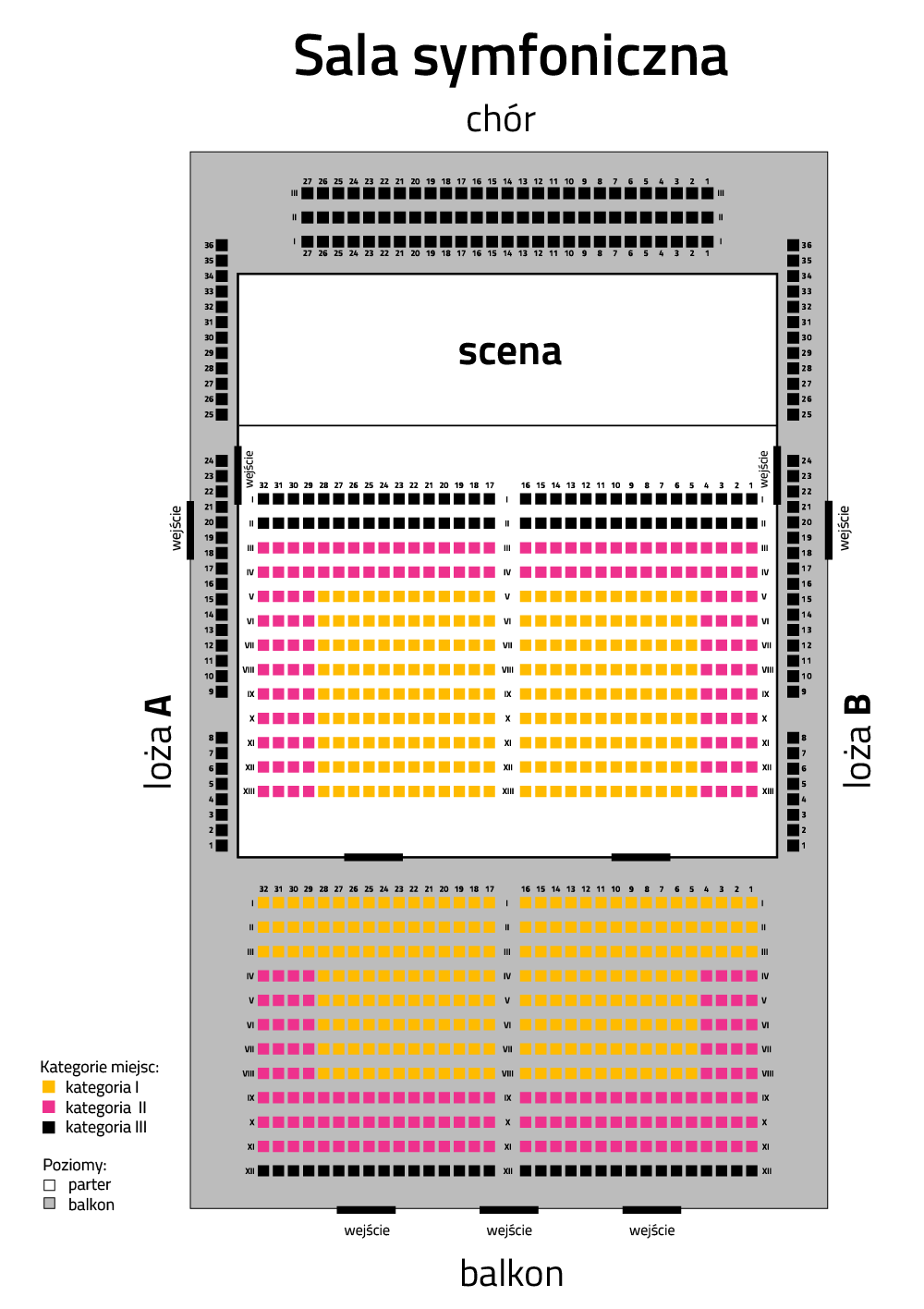Leszek Możdżer, one of the most recognizable personalities in the Polish jazz scene, and the Holland Baroque Society (formerly Baroque Holland) specialise in performing early music on early instruments with a good knowledge of historical practices.
Forgotten masterpieces and the most famous pieces of early music constitute the Holland Baroque Society’s repertoire. And these artists do not shy away from sound experiments with folk, contemporary, popular and – as it turns out – jazz music. The Holland Baroque Society has no permanent director. Instead, the orchestra has an artistic management board composed of the four founders: Esther van der Eijk, Judith Steenbrink, Lidewij van der Voort and Tineke Steenbrink. These four ladies are responsible for the concert programs and involving leaders in music in their craft.
This orchestra has won recognition for its fresh approach to music and beautiful sound. Their concerts emanate an extraordinary energy from the inspirational relationships between the artists and the entire ensemble, as well as the music performed. The Baroque Holland Society has worked with many musicians to date, but the marriage with jazz is a relatively new experience. Leszek Możdżer and the Holland Baroque Society – Bach's foundations and jazz temperament.
------------------------------
Mikołaj Rykowski PhD
Musicologist and clarinetist, doctorate, and associate at the Department Music Theory at the Paderewski Academy of Music in Poznań. Author of a book and numerous articles devoted to the phenomenon of Harmoniemusik – the 18th-century practice of brass bands. Co-author of the scripts "Speaking concerts" and author of the spoken introductions to philharmonic concerts in Szczecin, Poznań, Bydgoszcz and Łódź.
Exhibition available during event:
VI Międzynarodowe Biennale Plakatu Społeczno-Politycznego“Dwanaście uniwersalnych wartości:
nadzieja, tolerancja, szacunek, wolność, przełamywanie barier, spotkanie, odpowiedzialność, sprawiedliwość, porozumienie, solidarność, dialog, równość, które określiły nasze działania, jako drogowskazy wpisuję się w idee Biennale i stanowią linię przewodnią i motywację dla naszych dalszych działań”. Za słowami
Leszka Szustera – dyrektora Międzynarodowego Domu Spotkań Młodzieży i
Pawła Warchoła – kuratora wystawy, podpisało się kilkuset artystów z 27 krajów, tworząc
594 plakatów. Dzieła te stanowią graficzny odzew na współczesną rzeczywistość.

